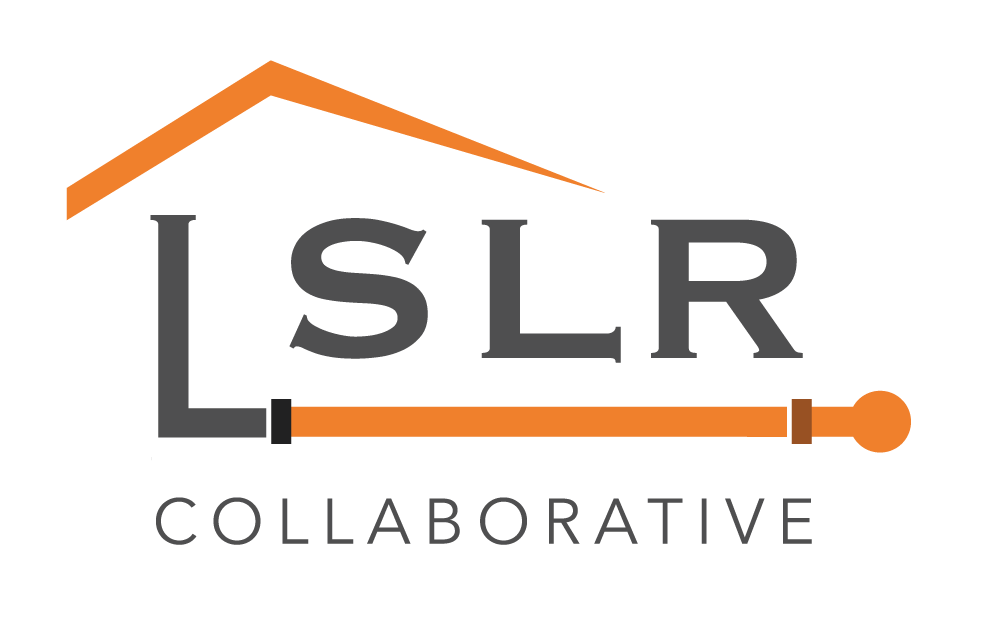|
WGIL
Galesburg residents, especially households in which a child has tested positive for elevated lead blood levels, are strongly encouraged to apply for the next round of the Lead Hazard Remediation Grant. The program has started providing lead hazard remediation at no cost to homeowners and tenants. In the fall, WGIL reported that thus far, 1,300 lead service lines have been replaced – and another 500 are slated for replacement by March. The program targets low-to-moderate-income, privately-owned, owner-occupied and rental units throughout the community. A family of four can qualify for the grant with an annual income of $52,050 or less. In order to be considered for the program, homes must be located within the city limits of Galesburg, be built before 1978, and contain lead-based paint hazards. “I did a number-stat thing a couple of years ago (and) 80% of the housing stock (in Galesburg) was built before 1978 and that’s when lead paint was outlawed,” said Housing Coordinator Judy Gunseth. “We haven’t had a lot of new construction, so a lot of our dwellings do test positive for lead paint. We also have the issue that many of the subdivided older homes are subdivided into rental units. Low-income people are in those rental units and a lot of times there are small children with them too.” Applicants who are unsure if their home or rental unit have lead-based paint hazards, or if they meet program criteria are encouraged to submit an application for review. An assessment of any lead-based paint hazards in the home will be conducted as part of the application process. A link to the City’s website for lead applications is here. Comments are closed.
|
Have a suggestion for an article or blog to add?
Let us know! Type
All
Date
April 2023
|


 RSS Feed
RSS Feed